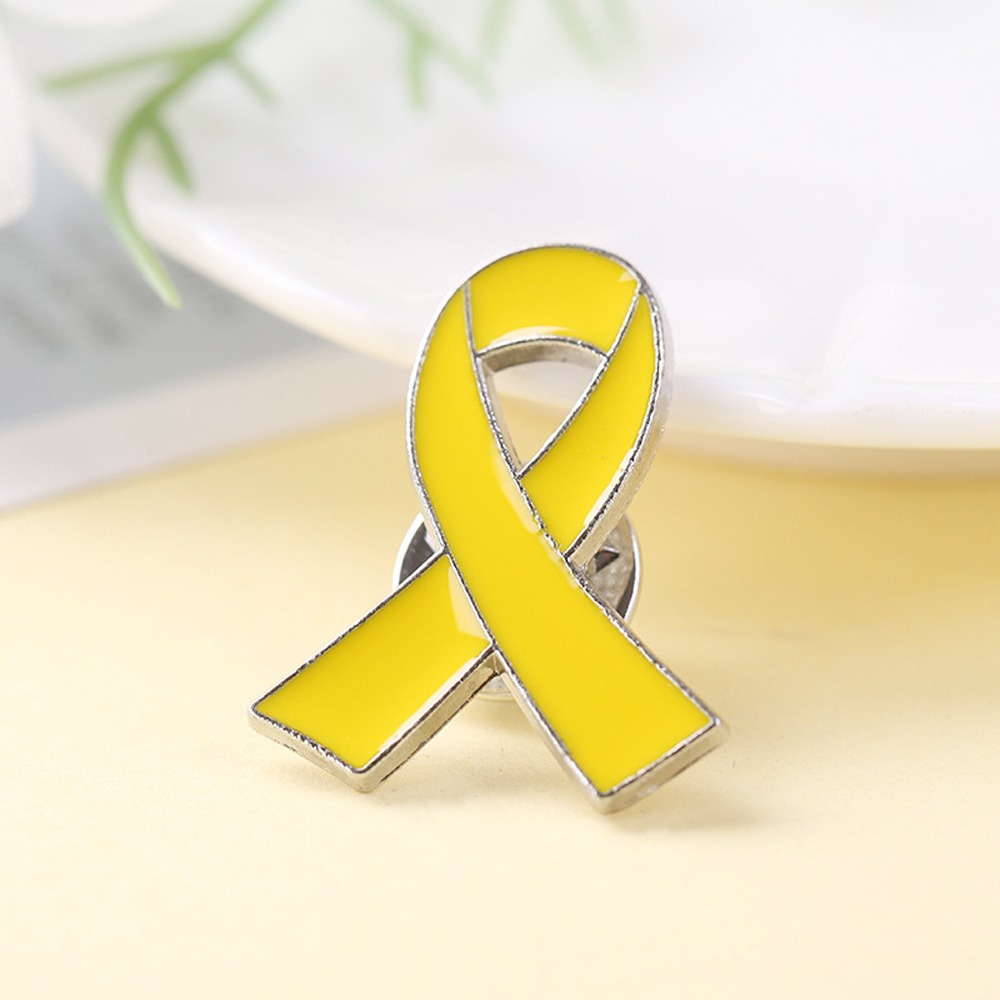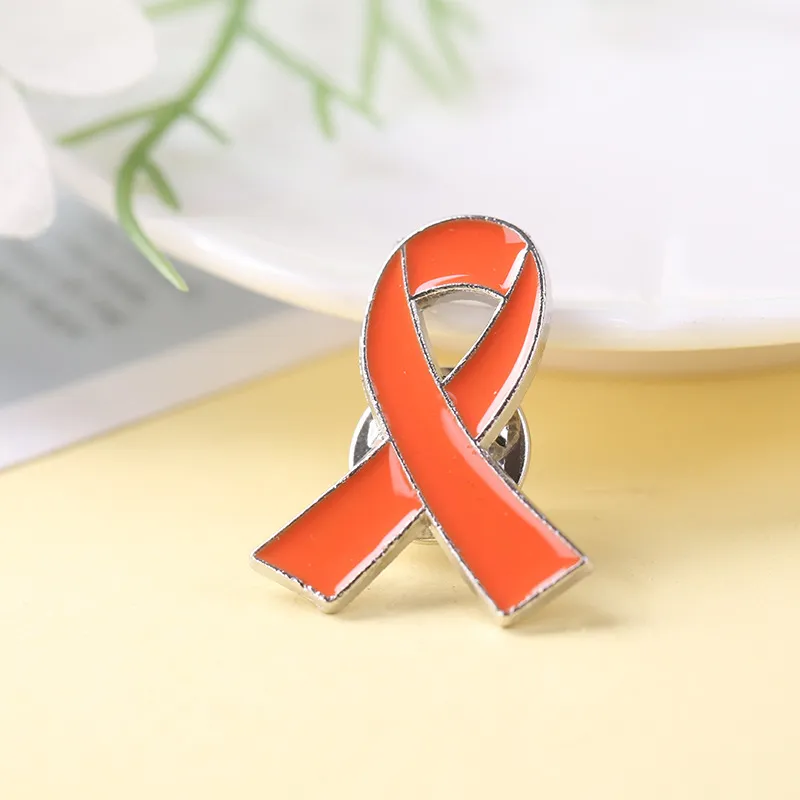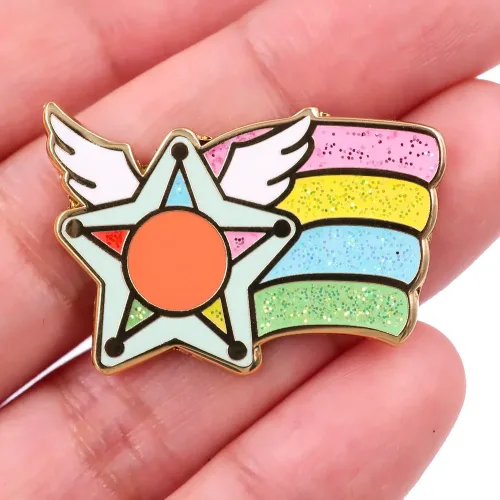
What Does the Yellow Ribbon Mean? A Complete Guide
Understanding what does the yellow ribbon mean is more than just learning about a simple piece of fabric. Across history, the yellow ribbon has stood as a universal sign of hope, remembrance, and solidarity. From waiting for loved ones to return home, to supporting military troops, to raising awareness for important causes, this symbol carries deep emotional and cultural weight that continues to resonate worldwide.
Table of Contents
- Introduction
- Historical Origins of the Yellow Ribbon
- Symbol of Waiting and Hope in Popular Culture
- Military Associations and “Support Our Troops”
- The Yellow Ribbon in Political and Social Movements
- Religious and Spiritual Symbolism
- Yellow Ribbon in Health Awareness Campaigns
- Global Perspectives: Meanings Around the World
- Psychological and Emotional Significance of the Color Yellow
- Controversies and Misuse of the Yellow Ribbon
- Why the Symbol Endures Today
- FAQ: What Does the Yellow Ribbon Mean?
- Conclusion
Introduction
Symbols are powerful because they carry meanings that transcend words. Few symbols are as globally recognized as the yellow ribbon. Whether tied around a tree, worn as a pin, or displayed in digital campaigns, it evokes emotions of hope, remembrance, solidarity, and sometimes protest.
But what does the yellow ribbon mean? The answer is layered, rooted in centuries of tradition, reinforced by popular music and literature, and reshaped by politics, war, and health campaigns. This guide explores its origins, evolution, and current uses — giving you the most comprehensive explanation available.
What Does the Yellow Ribbon Mean?
At its core, the yellow ribbon symbolizes hope, remembrance, and solidarity. Over time, it has carried many meanings, from signifying a loved one’s return from war to representing movements for freedom and awareness campaigns for suicide prevention and missing persons. Its universality comes from its adaptability — the same ribbon can represent loyalty, mourning, or a call for justice, depending on the context.
Historical Origins of the Yellow Ribbon
The yellow ribbon traces back to folk traditions in Europe and America during the 17th and 18th centuries. Folklore often depicted women wearing or displaying yellow ribbons to signify that a loved one was away at war or on a long journey.
- 17th century England: Soldiers’ sweethearts would tie ribbons to signify devotion until their return.
- American Civil War (1861–1865): Stories tell of women wearing yellow ribbons in their hair while waiting for soldiers to return home.
Although not always documented formally, these traditions laid the cultural groundwork for what the yellow ribbon would eventually symbolize worldwide.
Symbol of Waiting and Hope in Popular Culture
The yellow ribbon exploded into mainstream awareness in the 1970s, thanks to music and media.
- Song: “Tie a Yellow Ribbon Round the Ole Oak Tree” (1973): Sung by Tony Orlando & Dawn, the song told the story of a man returning home after imprisonment, asking if he’d be welcomed back. The yellow ribbon became a sign of forgiveness, loyalty, and hope.
- Adoptions in daily life: After the song’s release, tying a yellow ribbon around a tree became a tradition when waiting for someone to return from war, prison, or exile.
This cultural moment cemented the yellow ribbon as a universal sign of waiting and hope.
Military Associations and “Support Our Troops”
The yellow ribbon is perhaps best known today for its connection to the military.
- Iran Hostage Crisis (1979–1981): Americans tied yellow ribbons on trees and homes to show solidarity with hostages held in Iran.
- Gulf War (1990–1991): The symbol was revived as a mass campaign to “Support Our Troops,” spreading through car magnets, pins, and banners.
- Ongoing tradition: Families of deployed service members still use yellow ribbons as a visible reminder of support, longing, and hope for safe returns.
The military association gave the yellow ribbon a national and patriotic dimension that still resonates today.
The Yellow Ribbon in Political and Social Movements
Beyond military ties, the yellow ribbon has been adopted by political and activist groups around the world.
- Philippines (1983): Used during protests following the assassination of Benigno “Ninoy” Aquino Jr., the ribbon symbolized democracy and resistance against dictatorship.
- Hong Kong (2014 Umbrella Movement): Protesters wore yellow ribbons to symbolize demands for universal suffrage and political reform.
- Spain & Catalonia (2017): Yellow ribbons became a show of support for Catalan independence leaders imprisoned by the Spanish government.
These movements highlight the ribbon’s adaptability as a political statement for freedom and justice.
Religious and Spiritual Symbolism
Yellow has deep symbolic roots in various religious traditions:
- Christianity: Yellow often symbolizes light, renewal, and hope — qualities mirrored in the ribbon’s use.
- Buddhism: Yellow represents wisdom and the Middle Path, linking the ribbon to concepts of balance and resilience.
Though not a formal religious symbol, the yellow ribbon naturally aligns with spiritual themes of faith, waiting, and endurance.
Yellow Ribbon in Health Awareness Campaigns
In modern times, the ribbon has become a key element in awareness campaigns, following the success of the pink ribbon for breast cancer.
- Suicide Prevention: The Yellow Ribbon Suicide Prevention Program, founded in 1994, uses the symbol to spread awareness and reduce stigma.
- Bladder Cancer Awareness: Yellow is used in some health campaigns for cancer awareness.
- Endometriosis Awareness (variation): While commonly represented by yellow or gold, ribbons help raise understanding of under-recognized conditions.
Here, the ribbon signifies compassion, awareness, and collective action for causes that affect millions.
Global Perspectives: Meanings Around the World
The yellow ribbon’s meaning varies by culture:
- United States: Strongly tied to the military and remembrance.
- Asia: Often linked to political protests (e.g., Hong Kong, Philippines).
- Europe: Used in both remembrance campaigns and independence movements.
This diversity shows that while the core themes remain hope and solidarity, local contexts shape how the ribbon is understood.
Psychological and Emotional Significance of the Color Yellow
Color psychology plays a role in why the yellow ribbon resonates:
- Yellow evokes optimism, warmth, and visibility.
- As a ribbon, it contrasts strongly against backgrounds, making it highly recognizable.
- Its brightness conveys life and energy, even in contexts of grief or waiting.
This emotional connection reinforces its power as a universal emblem.
Controversies and Misuse of the Yellow Ribbon
Like many symbols, the yellow ribbon has faced challenges:
- Over-commercialization: Critics argue it has sometimes been reduced to a car magnet or merchandise, losing depth of meaning.
- Political manipulation: Different groups have used it for conflicting causes, leading to confusion or division.
- Ambiguity: Because it represents many causes, some argue it risks losing clarity.
Despite these criticisms, the ribbon remains a widely respected and enduring symbol.
Why the Symbol Endures Today
The yellow ribbon endures because it is:
- Simple — easy to tie, wear, or reproduce.
- Emotional — linked to love, longing, and solidarity.
- Flexible — adaptable to multiple causes.
- Visible — instantly recognizable worldwide.
Few symbols achieve such universality across cultures and generations.
FAQ: What Does the Yellow Ribbon Mean?
Q1: What does the yellow ribbon mean in the military?
It symbolizes waiting, hope, and support for soldiers, especially those deployed overseas.
Q2: What does a yellow ribbon tied around a tree mean?
It usually means a family is waiting for a loved one to return home safely, often from war or imprisonment.
Q3: Is the yellow ribbon only for military support?
No. It is also used in political protests, health awareness campaigns, and remembrance movements worldwide.
Q4: Who started the yellow ribbon tradition?
Its roots lie in folklore and popular songs, but it became mainstream during the 1970s and gained political weight in the 1980s.
Q5: Why is yellow chosen instead of another color?
Yellow represents visibility, warmth, and hope, making it emotionally powerful and symbolically clear.
Conclusion
So, what does the yellow ribbon mean? It is a timeless emblem of hope, remembrance, and solidarity. From folk traditions to global political movements, from waiting for soldiers to raising awareness for health issues, it has carried deep emotional weight for centuries.
Its endurance lies in its simplicity and adaptability — a strip of yellow fabric that has comforted, united, and inspired millions across cultures. Whether tied around a tree or worn on a lapel, the yellow ribbon remains one of the most powerful universal symbols in human history.








